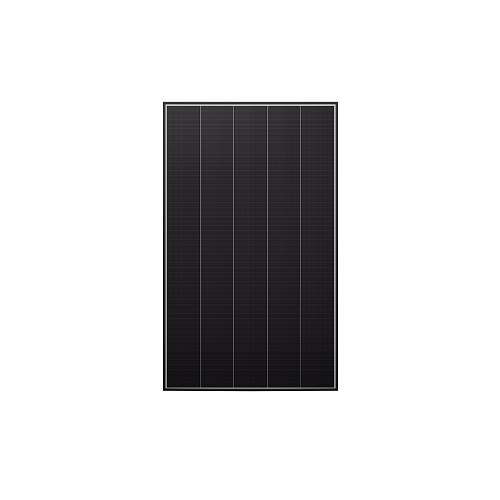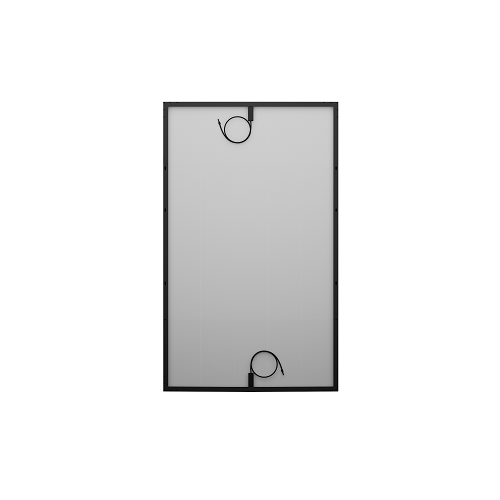Shingled modules are an innovative solar photovoltaic technology that uses laser slicing technology and conductive adhesive connections to realize stacked connection packaging of solar cells, creating a superior circuit connection effect with zero spacing between solar cells. It has significant advantages such as optimal circuit connection effect, higher energy density, and higher power generation performance. By reducing line losses and BOS investment costs for system-side owners, shingled modules become more competitive in the photovoltaic industry.
Brand:
SunEvoPower Range:
400~430WMax. Efficiency:
21.7%Number of Cells:
305 (61 × 5)Dimensions of Module L*W*H:
1812 × 1096 × 30mmWeight:
20.8kg ± 0.3kgFront Side Glass:
Tempered glass, 3.2mmBacksheet:
EVAFrame:
Anodized aluminum alloyJunction Box:
IP68, two diodesCable:
4mm2 ,+300mm/-1000mm(Vertical), +220mm/-180mm(Horizontal)Wind/Snow Load:
4500paConnector:
MC4SunEvo Black Frame Shingled Monocrystalline PV Solar Module Profile
|
Maximum Power: Pmax [W]
|
430 | 425 | 420 | 415 | 410 | 405 | 400 |
|
Open Circuit Voltage: Voc [V]
|
41.8 | 41.7 | 41.6 | 41.5 | 41.4 | 41.3 | 41.2 |
|
Short Circuit Current: Isc [A]
|
13.05 | 13.03 | 12.92 | 12.80 | 12.65 | 12.53 | 12.41 |
|
Voltage at Maximum Power: Vmp [V]
|
34.7 | 34.6 | 34.5 | 34.4 | 34.4 | 34.3 | 34.2 |
|
Current at Maximum Power: Imp [A]
|
12.40 | 12.30 | 12.19 | 12.08 | 11.93 | 11.82 | 11.71 |
|
Module Efficiency: η [%]
|
21.7 | 21.4 | 21.1 | 20.9 | 20.6 | 20.4 | 20.1 |
Product Pictures


Feature
Shingling uses laser slicing technology to cut the entire battery into several battery strips and uses conductive adhesive to flexibly connect the stacked battery strips. This kind of operation can optimize the module structure and achieve zero cell spacing. The same layout can place 5% more cells than other types of modules, effectively increasing the light-receiving area of the module. The latest generation of high-efficiency shingling technology adopts battery surface optimization technology to improve current collection capabilities and can further increase the limit of component packaging energy density.
Advantage
1. Higher conversion efficiency
2. Better resistance to hot spots
3. Lower risk of cracking
4. Less impact from occlusion
5. Lower resistance
FAQ